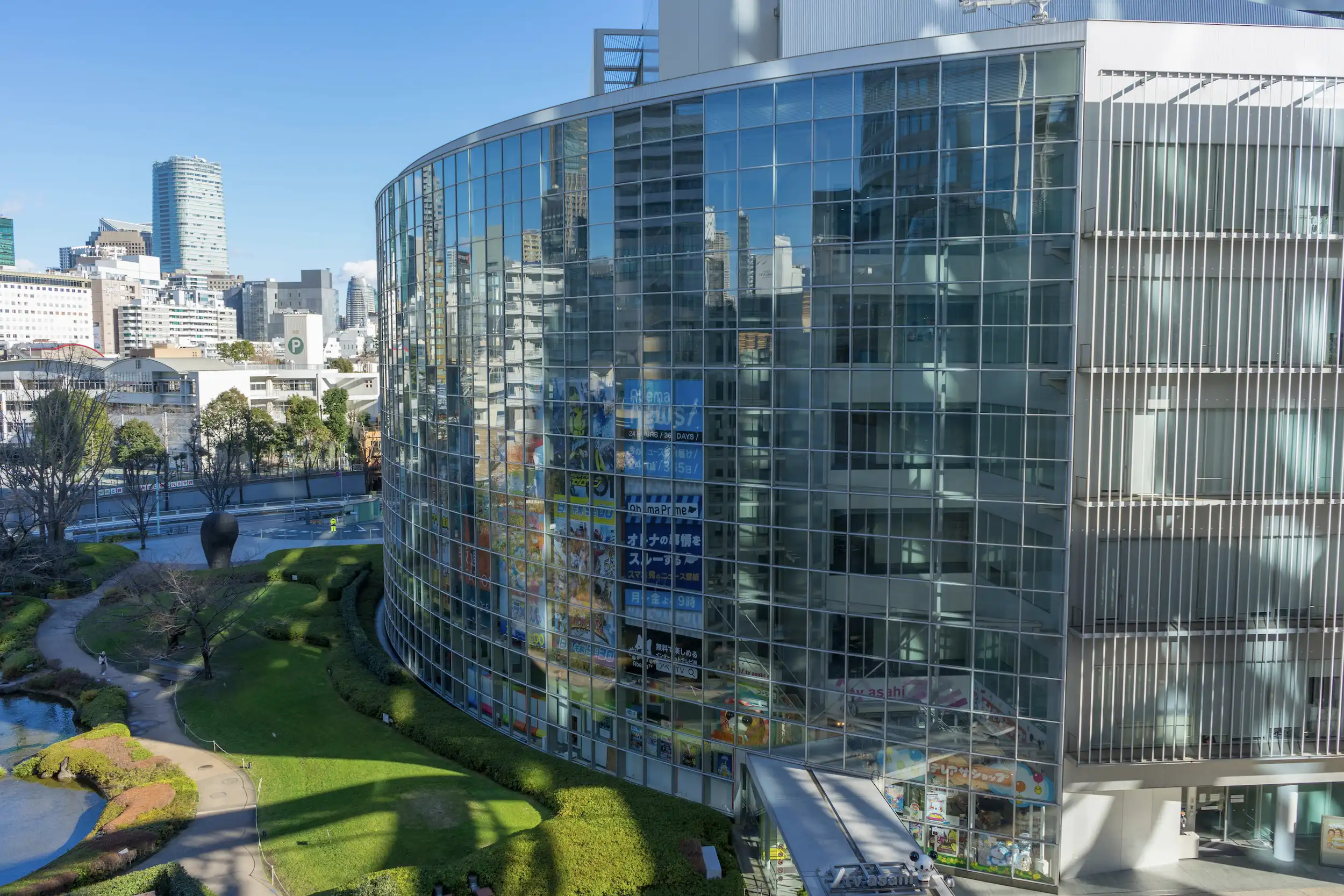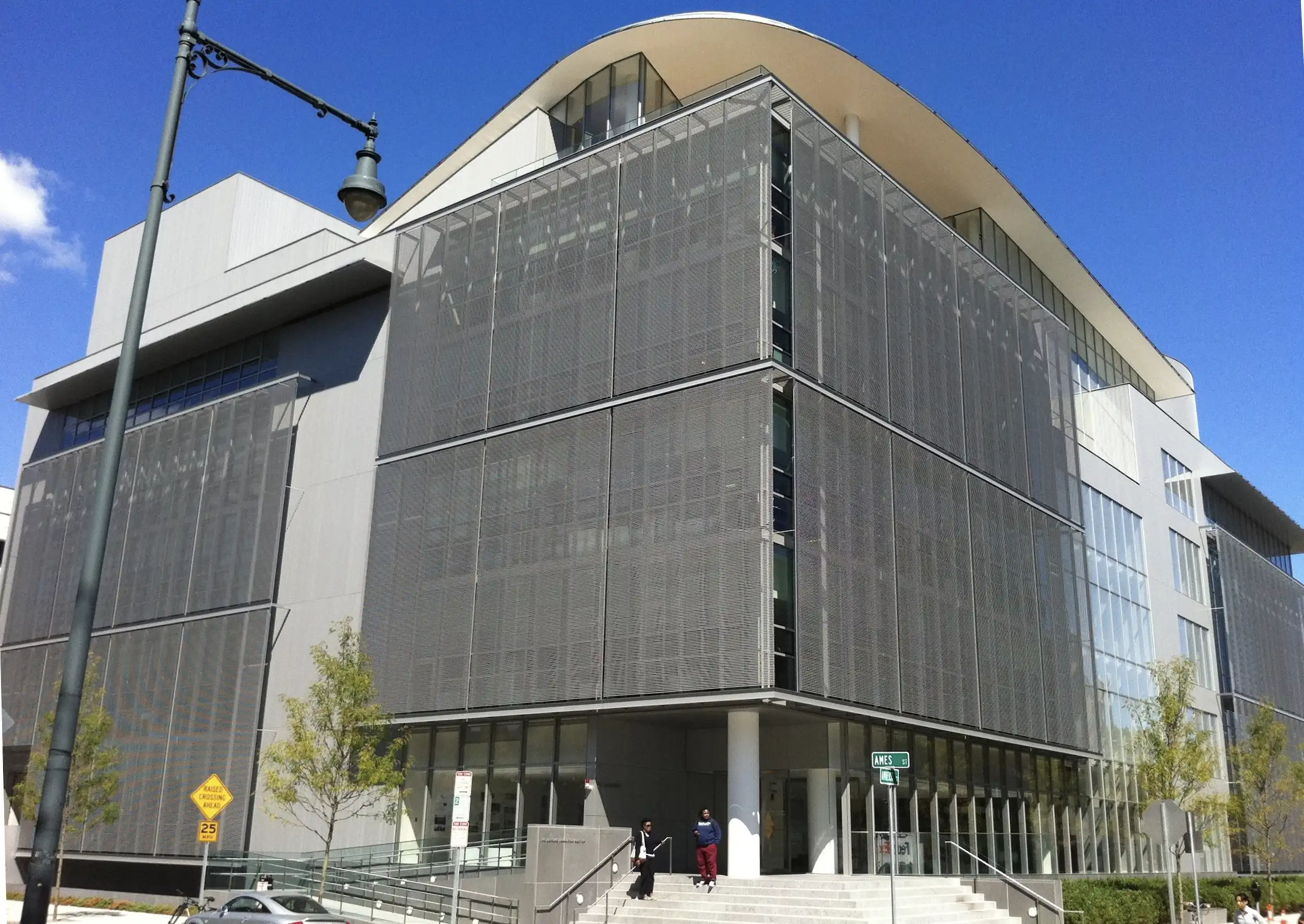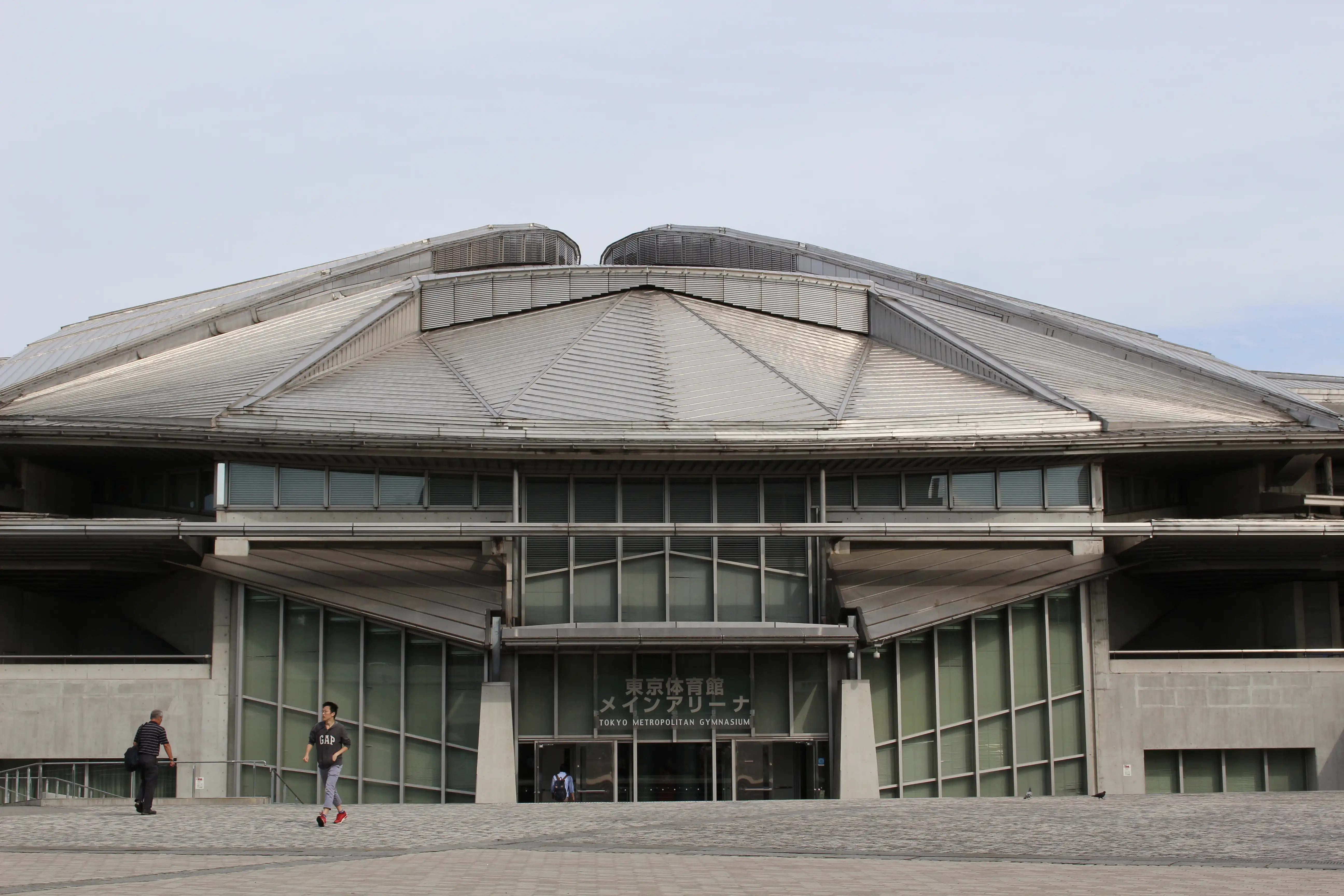Tribute: Fumihiko Maki (1928–2024)

Pritzker Prize–winning architect Fumihiko Maki pictured at the MIT Media Lab in March 2010. Photo by jeanbaptisteparis, Wikimedia Commons
I distinctly remember my first meeting with Fumihiko Maki. The year was 1982 and the place was the architect’s studio then located in the Tokyo Green Building in the city’s center. A modest space, its main room was lined with drafting desks and the sitting room for greeting visitors held simple furnishings. Early in our conversation, Maki commented on my name—Naomi. As it is spelled with the same Roman letters as a common Japanese name, he inquired whether I also used kanji characters. When I replied that my name is of biblical origin, Maki kindly asked if I wanted kanji of my own and then offered two: “nao” meaning “straight” and “mi” meaning “beauty.” Forty-two years later, I still have Maki’s handwritten note. Simple block letters drafted in red pencil, they embody his understated elegance, his remarkable gift for connecting with people, and his clean, Modern-leaning design sensibility. Subsequently Maki’s daughter, also named Naomi, explained to me that this choice of kanji (many homonyms are possible) also professed the architect’s great appreciation of the straight line.
On June 6, Maki died quietly at home at the age of 95. With his passing the world has lost not only a brilliant designer but also a dedicated educator, an insightful author, and an important architectural bridge between the United States and Japan.

Aga Khan Museum, North York, Ontario. Photo by Brett Zimmerman, Shutterstock

TV Asahi headquarters, Tokyo. Photo by ben bryant, Shutterstock
Maki was born on September 6, 1928, in Tokyo. In his book, Nurturing Dreams, Maki recalls his first exposure to modern architecture at the age of seven when he was taken to the home of architects Nobuko and Kameki Tsuchiura, a pure white edifice detailed with glass and steel. Years later, Maki studied architecture at Tokyo University under the aegis of Kenzo Tange, who had begun to embrace a global view of the profession. After graduating in 1952, Maki went to the United States. With the challenges of World War II rapidly receding, this was a time when “new forms of architectural expression” were emerging, wrote Maki, thanks in part to the remarkable technological advances occurring in the U.S. especially. He credits Eero Saarinen as one of the leaders at that time. Accordingly, he went first to the Cranbrook Academy of Art and then the Harvard University Graduate School of Design, receiving M.Arch. degrees from both institutions. Following stints at Skidmore, Owings & Merrill and Sert Jackson & Associates, Maki taught design at Washington University in St. Louis where, in 1960, he completed his first built work, a combined library and gallery for the art and architecture departments called Steinberg Hall. Though he could have remained in America, Maki chose to return to Tokyo in 1965 to launch his practice while maintaining very close ties to the U.S.

MIT Media Lab, Cambridge, Massachusetts (2009). Photo by Unmadindu, Wikimedia Commons
One of Maki’s earliest buildings in Japan was the first phase of Hillside Terrace, a pedestrian-oriented blend of architecture and urbanism—still a rarity in Japan. He went on to design five more phases, each one correlating with Maki’s evolving material palette as it moved from exposed concrete, to tile, to metal cladding with standing seams. Set back from the street, his firm is housed in the sixth and last phase.
Though Maki intentionally kept his staff small, his practice grew steadily and completed many works of prominence around the globe. The long list includes the TV Asahi headquarters in Tokyo (2003), Massachusetts Institute of Technology’s Media Lab (2009), 4 World Trade Center in New York (2013), and the Aga Khan Museum in Ontario (2014). In recognition of these and other achievements, Maki received numerous awards including the Pritzker Prize in 1993, Japan’s Praemium Imperiale in 1999, and the AIA Gold Medal in 2011.

The Japanese Sword Museum, Tokyo (2018). Photo by Ned Snowman, Shutterstock

Tokyo Metropolitan Gymnasium, Tokyo (1990). Photo by Ned Snowman, Shutterstock
Unquestionably, Maki excelled at large buildings with ambitious programs. Yet the strength of his design approach is equally palpable in his smaller works. At the Tokyo Church of Christ, the meditative sanctuary is fronted with a layered glass facade, bathing the interior with soft daylight while editing the multilane thoroughfare outside. At the Kaze-no-Oka Crematorium, a serene sequence of spaces connects the bereaved with greenery and sky outside and then draws them inward for the final parting rituals. And at the Jewish Community of Japan, the secular and the spiritual blend beautifully, incorporating a synagogue and a mikvah ritual bath—both firsts for Maki—in addition to a community hall, institutional kitchen, and private apartment. As a member of the community tasked with helping to manage the project, working with Maki gave me the chance to be his client. It is hard to imagine a more willing, more sensitive, or more intuitive designer. With the loss of Maki goes one of the greatest thinkers and practitioners of our time.

